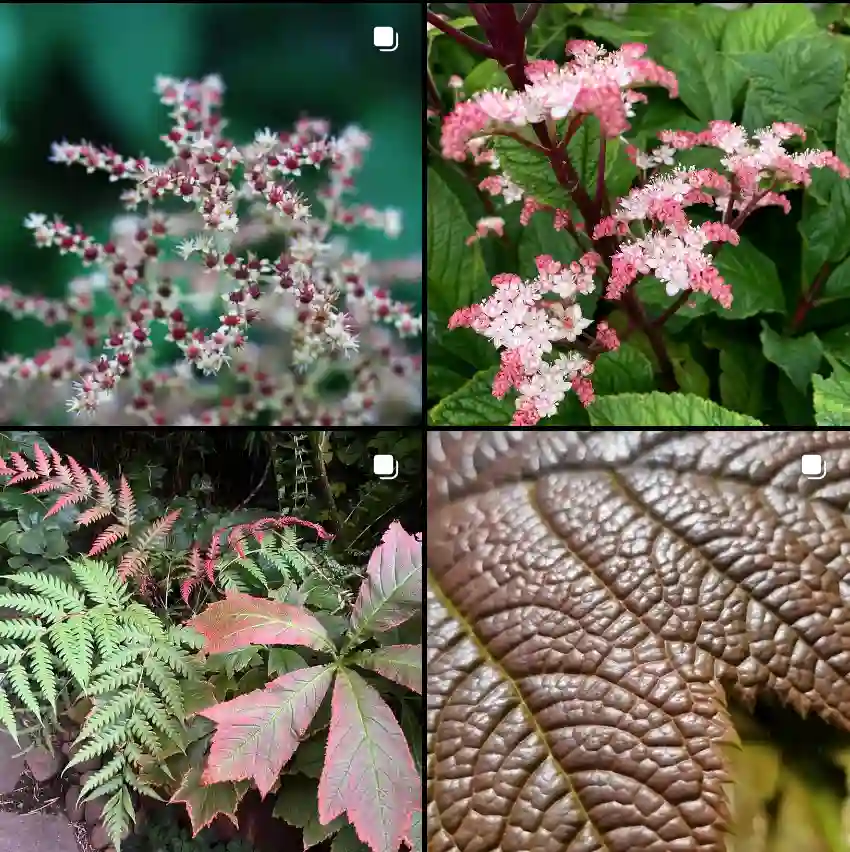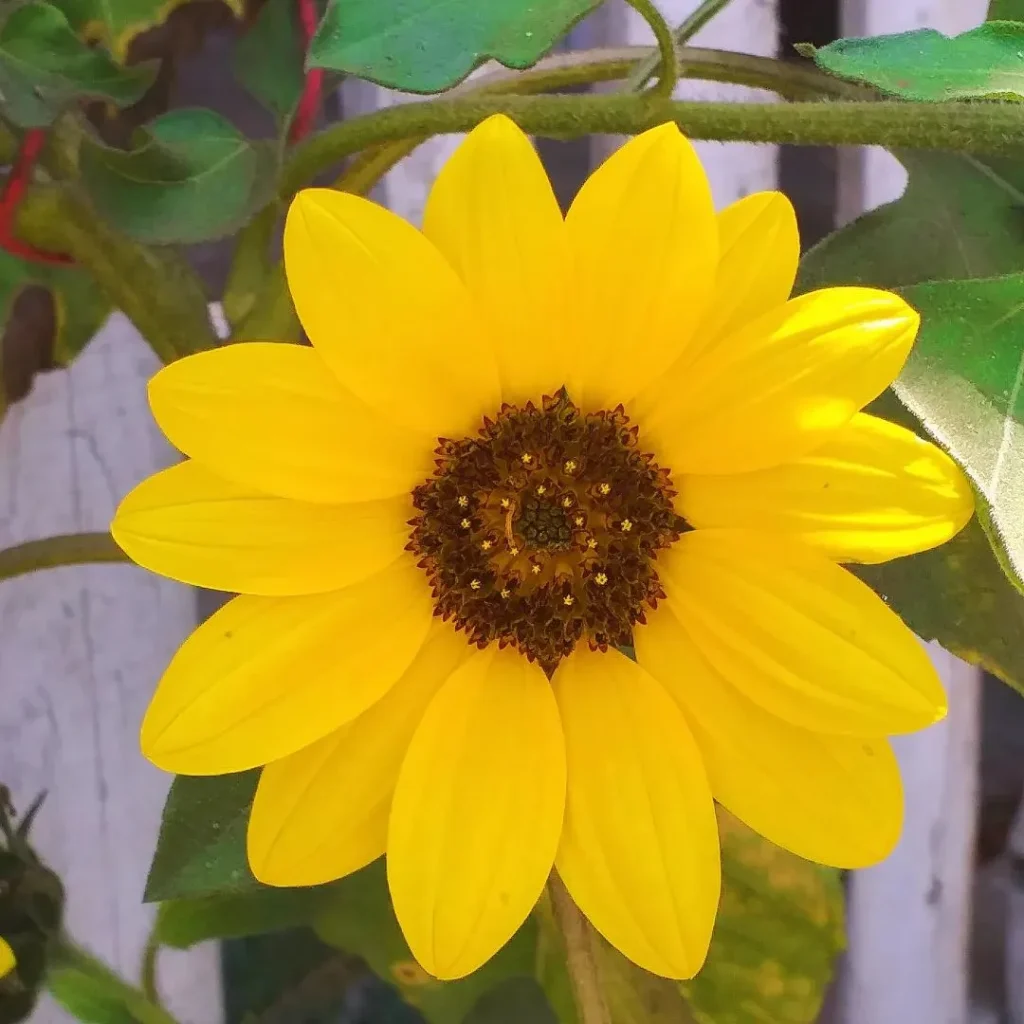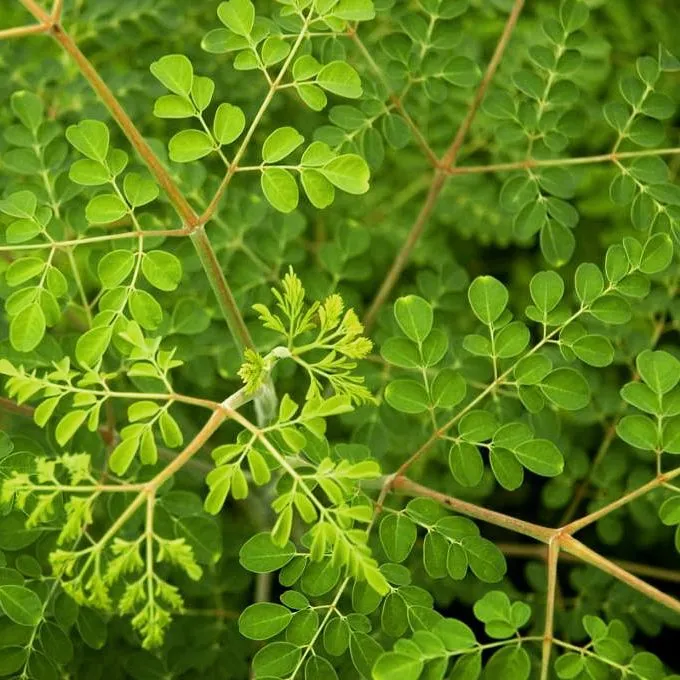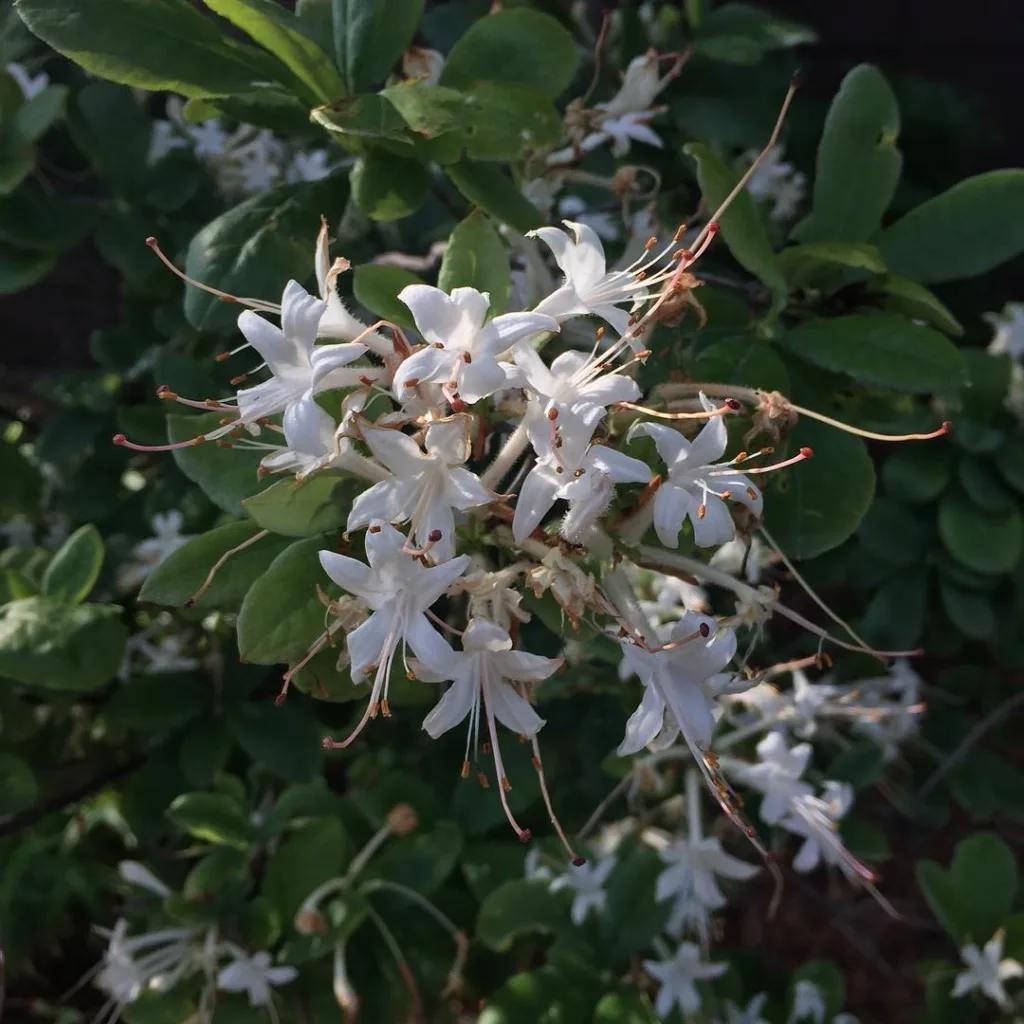Tecomaria: A Trumpet’s Call from the South
My name is Ferb Vu, and I’ve always been drawn to the vibrant hues and diverse forms of the natural world. Among my many botanical interests, the genus Tecomaria holds a special place. These flowering shrubs, with their fiery blossoms and lush foliage, bring a touch of the exotic to any garden. Native to South Africa and other tropical regions of Africa and Asia, they belong to the Bignoniaceae family, a group known for its showy, trumpet-shaped flowers. This is where Tecomaria gets its common name: Trumpetbush.
A Tale of Two Species
While the genus Tecomaria boasts a rich history, it’s surprisingly small, containing only two recognized species:
- Tecomaria capensis: Commonly known as the Cape honeysuckle, this species is a vigorous climber with clusters of bright orange-red flowers. It’s a popular ornamental plant, admired for its hardiness and ability to attract pollinators like sunbirds and bees.
- Tecomaria nyassae: This lesser-known species, sometimes called the yellow trumpetbush, is native to East Africa. It features yellow flowers and tends to have a more upright growth habit than T. capensis.
Despite their differences, both species share a vibrant beauty and an ability to thrive in warm climates. They’re a testament to the resilience and adaptability of nature, flourishing in diverse environments from coastal dunes to inland forests.
A Gardener’s Delight
My own experience with Tecomaria began with a single T. capensis cutting gifted by a neighbor. I planted it near a trellis, and within months, it had transformed into a cascade of fiery orange blooms. The sheer exuberance of its growth was captivating. It quickly became a favorite spot for hummingbirds, their tiny bodies a blur of motion as they darted among the flowers.
What fascinates me most about Tecomaria is its versatility. It can be trained as a climber, allowed to sprawl as a groundcover, or even pruned into a formal hedge. This adaptability makes it a valuable asset in any garden, whether you’re aiming for a wild, naturalistic look or a more structured design.
Beyond Beauty: Uses and Benefits
Tecomaria is more than just a pretty face. Traditionally, various parts of the plant have been used for medicinal purposes. The bark, for instance, has been used to treat ailments ranging from headaches to stomach problems. While I haven’t personally tested these remedies, it’s intriguing to consider the potential health benefits hidden within these vibrant plants.
Beyond its medicinal uses, Tecomaria plays a vital role in the ecosystem. Its nectar-rich flowers are a crucial food source for a variety of pollinators, contributing to the health and diversity of the local environment. By planting Tecomaria in our gardens, we’re not only adding beauty but also supporting the delicate balance of nature.
Cultivating Tecomaria: Tips and Tricks
For those interested in growing Tecomaria, here are a few tips based on my own experience:
- Sunlight: Tecomaria thrives in full sun but can tolerate partial shade.
- Soil: Well-drained soil is crucial. Amend heavy clay soils with compost to improve drainage.
- Watering: While drought-tolerant once established, regular watering is essential during the first growing season.
- Pruning: Prune regularly to maintain shape and encourage bushier growth.
- Propagation: Easily propagated from cuttings, allowing you to share the beauty of Tecomaria with others.
By following these simple guidelines, you can enjoy the vibrant beauty of Tecomaria in your own garden.
A Symbol of Resilience
In a world facing increasing environmental challenges, Tecomaria serves as a symbol of resilience and adaptability. Its ability to thrive in diverse conditions is a reminder of nature’s strength and its capacity to overcome adversity. As we continue to grapple with the impacts of climate change, it’s heartening to witness the unwavering spirit of plants like Tecomaria.
My journey with Tecomaria has been a rewarding one. It has deepened my appreciation for the natural world and taught me valuable lessons about resilience, adaptability, and the interconnectedness of life. As I continue to explore the world of plants, I’m certain that Tecomaria will remain a cherished favorite, its vibrant blooms a constant source of joy and inspiration.
If i die, water my plants!



